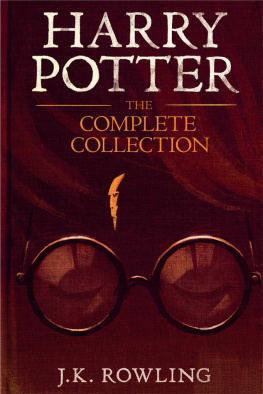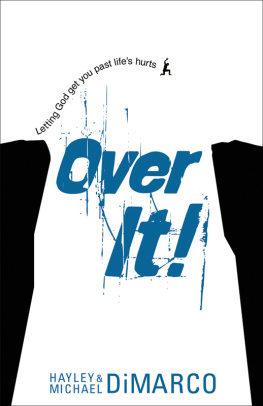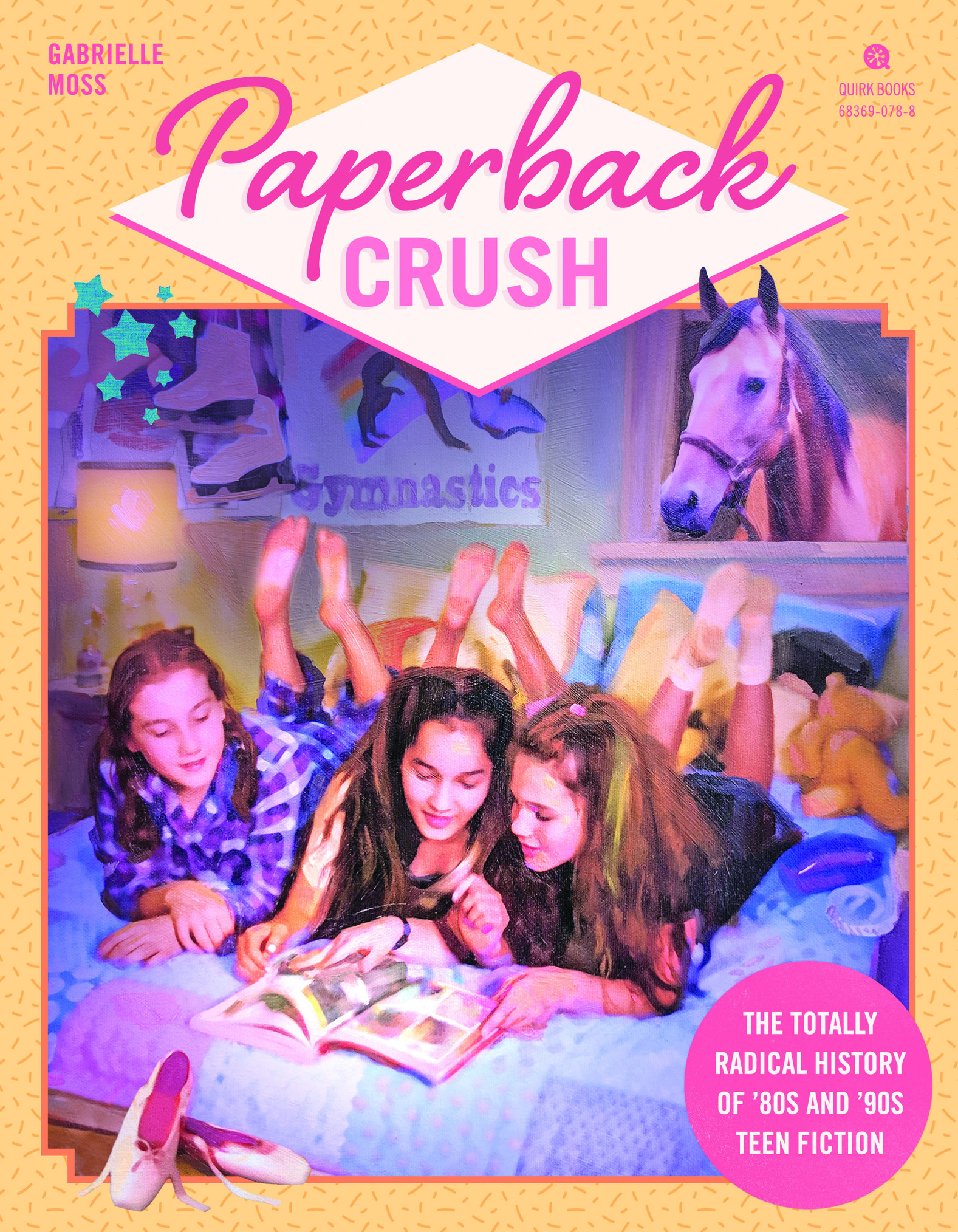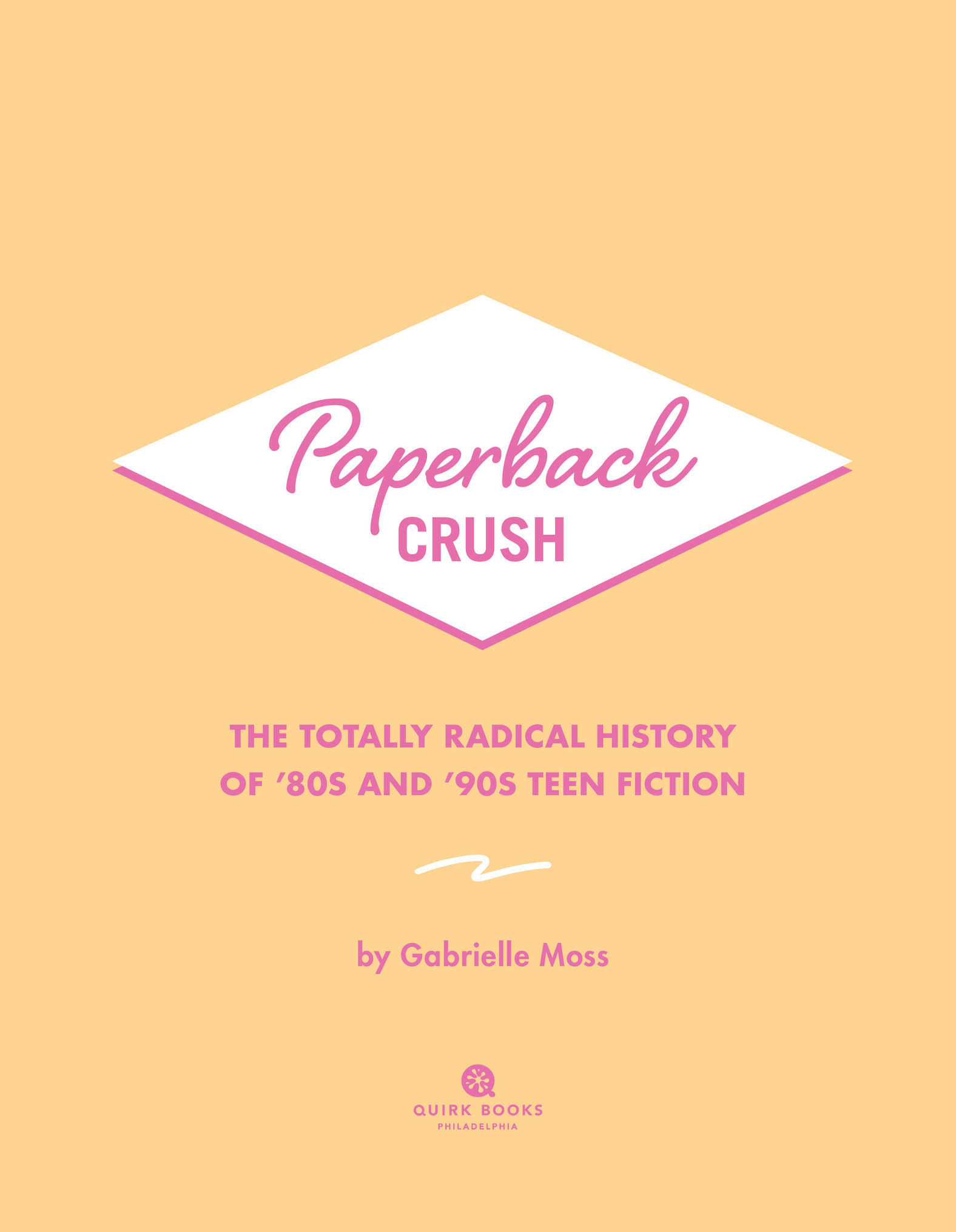All rights reserved. Except as authorized under U.S. copyright law, no part of this book may be reproduced in any form without written permission from the publisher.
Production management by John J. McGurk
Full publisher and artist credits appear on . All illustrations in this book are copyrighted by their respective copyright holders (according to the original copyright or publication date) and are reproduced for historical purposes. Any omission or incorrect information should be transmitted to the author or publisher, so it can be rectified in any future edition of this book.
Are you an adult with a full-time job who still dreams of switching places with your (nonexistent) identical twin? Are you a mature, sensible individual who cares about mature, sensible things like your 401(k) and gum healthbut who also cares about those poor dopes who kept moving to Fear Street, even though it had a well-documented murder problem? Are you a loving, responsible parent who is only two cocktails away from shrieking, Say hello to your friends, say hello to the peeeeeeeople who care?
If you answered yes to any of these questions: Welcome!
This book is a place of understanding. A place where you can sit down, get comfortable, and talk about Claudia Kishis pumpkin earrings or that time Jessica Wakefield accidentally joined a cult while she was at the mall. Here youre among friends.
Were here to honor the young adult lit published after Judy Blume but before J. K. Rowling. These books often get a bad rap. People think of it as a time of superficial books about gossip, proms, and amnesia. But the YA novels that we hoarded from school book fairs taught us about female friendships, trusting ourselves, and speaking our mindswhile also feeding us questionable lessons about what it means to be a woman and whose stories deserve to be told.
I know the nostalgic power of 80s and 90s young-adult lit firsthand. In the spring of 2016, I was in a major rut and decided there was only one way out: buying a crate of Sweet Valley High books on eBay. For the semi-reasonable price of $50, I could lose myself in the neon-tinted pop culture of my youth, with all its pointless catfights and ice-blue prom dresses.
I may have learned to read from educator-approved picture books about poky puppies and purple crayons, but I learned to become a reader from Sweet Valley High. In 1989, I begged my parents to buy me #32, The New Jessica, because I thought the girls on the cover had pretty hair. Little did I know that Id be injecting the adventures of those pretty-haired Wakefield twins directly into my veins for the next four years.
Before Sweet Valley, Id been a shy, unpopular dork. But after Sweet Valley, I was something much, much better: a shy, unpopular dork who could retreat into a pastel parallel universe. There, everyone had friends, everyone was pretty, and everyone was special. My peers were stuck engaging with reality like morons, but with a trip to the library, I could become a California beauty queen, or an angsty teen living on a haunted street, or a clever babysitter loved by kids and adults alike.
I stopped reading tween lit in 1994, when I started middle school and became less interested in being elected prom queen and more interested in the prospect of burning down prom with my eerie telekinetic powers. But those books remained stuck in the back of my brain, and the slightest triggera geometric-print sweater, an attractive blonde teenager pitching a fitbrought back a rush of memories.
I knew they lingered there for some reason. But I didnt give myself permission to take a full-on journey into the past until that summer of existential dread. The books were a thirty-fourth birthday present to myself, and locking myself in my bedroom to devour a giant box of paperback novels from 1990 was a form of self-care that I thought would help me get my bearings. As I ripped through those books, I found more than nostalgiathough Jesus H. Wakefield, did I find nostalgia! I also found a record of my adolescent expectationsof the ideas about romance and womanhood and rebellion that had shaped me. I found the attitudes Id end up embracing, and resisting, my entire life.
After that first box, I picked up more and more tween series until I had so many that I could no longer play off my behavior as a joke. I had contracted a compulsive need to buy books from the pre-Twilight era of teen literature, the days when no adult would be caught dead reading YA on the subway. I realized that I needed to share what Id learned from rereading them and, more important, that I needed to justify spending so much money on Fear Street books instead of saving for a house.
Thats the short version of how the book you are holding came to be. These are the stories that made us and, as I found out, the stories that can save us, even now. That alone makes them worth another look.
So now, if youll excuse me, I have a Jungle Prom to ruin.
GIRL, YOULL BE A YOUNG ADULT SOON
So where did the young adult literature boom of the 80s and 90s come from? Well, the story starts at the dawn of YAthough experts dont agree on exactly when it dawned. Books from the original 1930s Nancy Drew stories to Laura Ingalls Wilders 1932 book Little House in the Big Woods to the 1936 novel Sue Barton, Student Nurse by Helen Dore Boylston have all been held up as the first-ever YA novel. But a critical mass of people, including YA expert and former Young Adult Library Services Association president Michael Cart, say that it all started with Maureen Dalys Seventeenth Summer, a tale of summer lovin published in 1942 that spoke directly to the hearts and wallets of postwar teen culture. Seventeenth Summer ushered in malt shop books, wholesome novels about teen girls who lived, loved, and never went past first base in an idealized America. Not long after, in 1944, New York Public Library librarian Margaret Scoggins changed the name of her Library Journal column on teen lit to Books for Young Adults. In 1957, the Young Adult Library Services Division of the American Library Association was founded. And in 1966, the American Library Association changed the name of its list of books for a teenage reader to Best Books for Young Adults. YA as we know it had been officially christened.

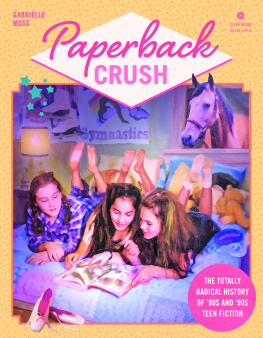
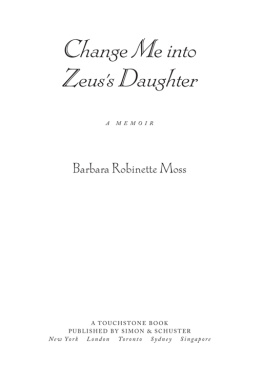
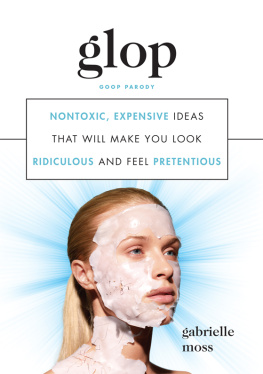
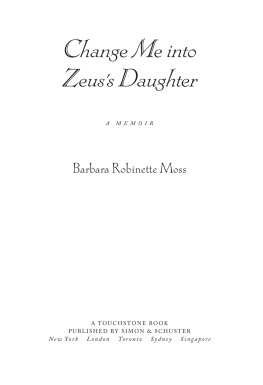
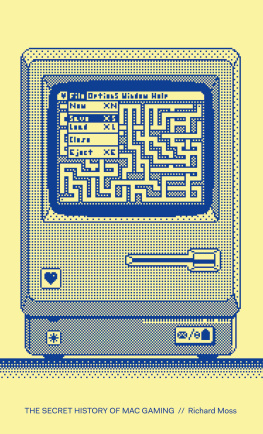
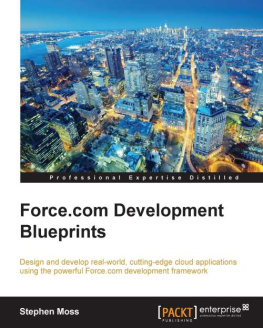
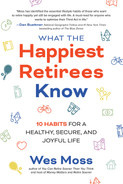
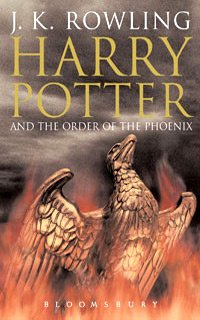

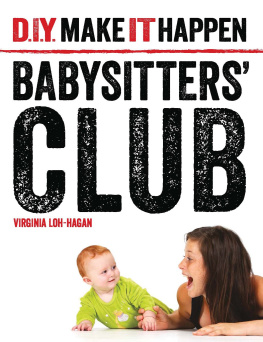
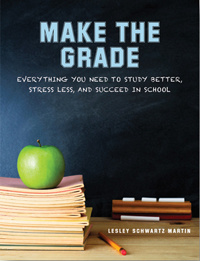
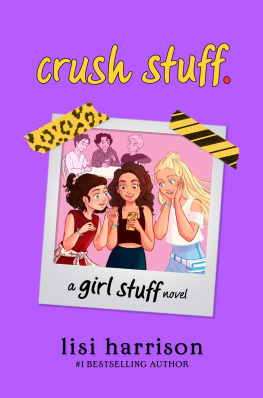
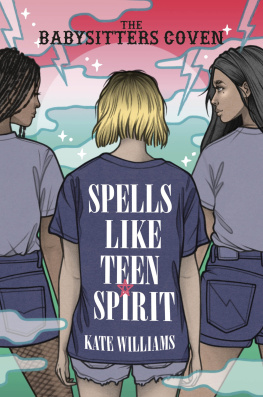
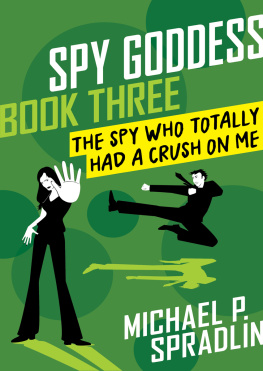
![J K Rowling - Harry Potter [Complete Collection]](/uploads/posts/book/117015/thumbs/j-k-rowling-harry-potter-complete-collection.jpg)
